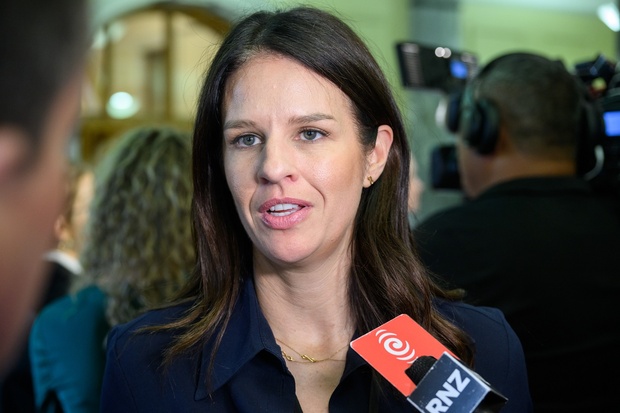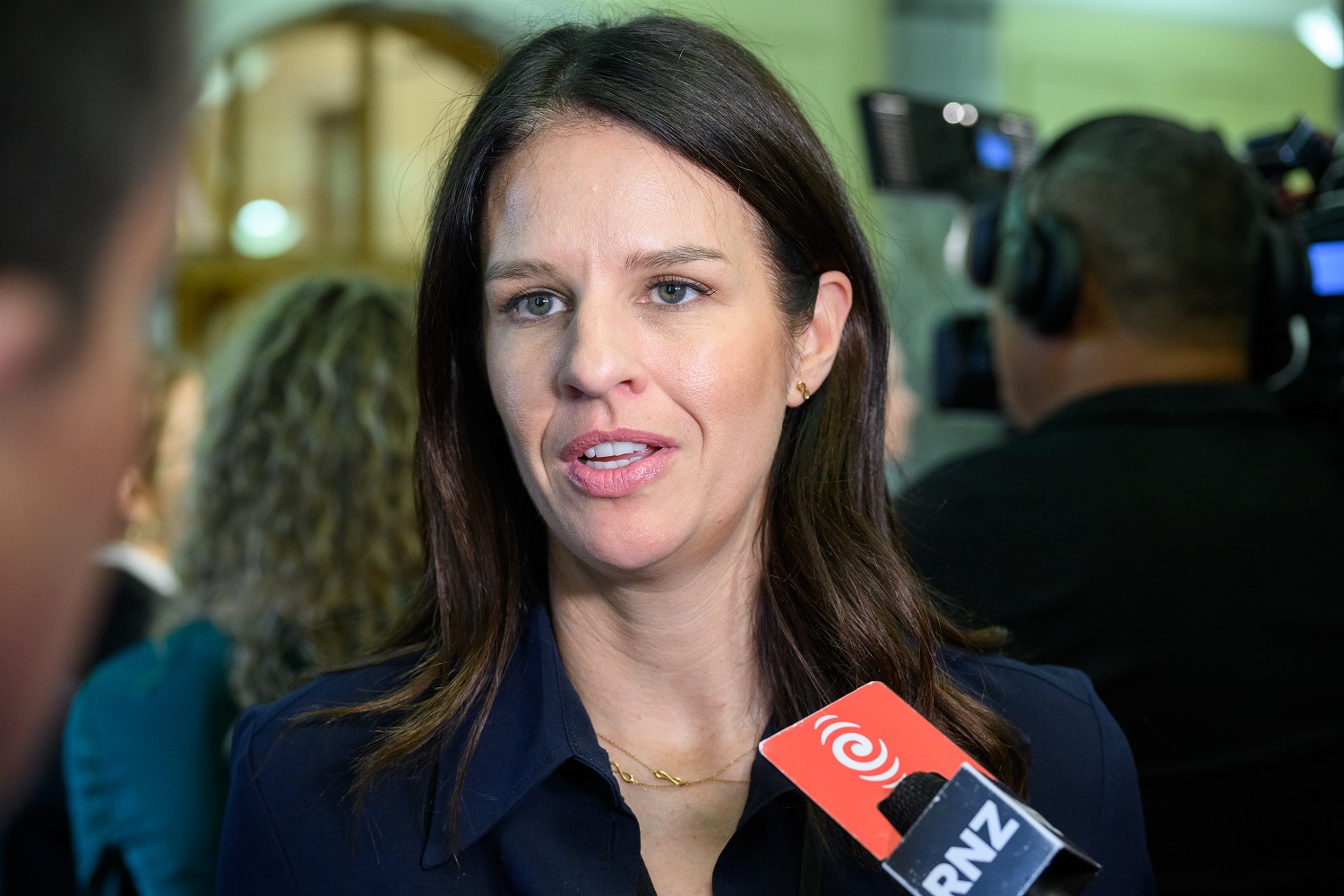Education Minister Erica Stanford has announced she is cutting $30 million from the Te Ahu o te Reo Māori programme – which provides te reo Māori lessons to teachers – to fund new mathematics resources for students.
Stanford has justified the cuts, saying the program is not delivering as intended, has low attendance rates, is more than double the cost of comparable courses, and provides little evidence of tangible effects on students.
An independent Government-commissioned review of the programme released in September, did not make reference to attendance rates or cost comparisons.
Feedback from participants through online surveys and focus group interviews is overwhelmingly positive, with 97 per cent saying they would readily recommend Te Ahu o te Reo Māori to others.
Of the participants, 87 per cent said the program helped them build the confidence they needed to use te reo Māori in the classroom.
And upon completion, 79 per cent said they were keen to take another Te Ahu o te Reo Māori course.
The Minister’s cuts to the program has sparked outcry from teachers, students and political figures across the motu.
Flat Bush Primary principal Banapa Avatea told The New Zealand Herald staff were “extremely disappointed” to hear about cuts to the program which has had “wide-reaching benefits” at his school.
Ākonga Māori from Te Kura Kōhine o te Rāwhiti o te Upoko o te Ika/ Wellington East Girls’ College, penned a “protest letter” to Stanford, expressing their anger at the funding removal.
And Te Pāti Māori is warning the Government of the “wrath of the million Māori”, following the decision.
When presented with positive participant reviews of the programme Stanford told The New Zealand Herald, “well it’s a shame that only 60 per cent of them finished the course”.
The Government review of the program indeed shows just under 60 per cent of participants successfully completed the course, with 80 per cent of all registered participants actively engaged until at least the midpoint of their chosen course, qualifying to receive the participant support payment (PSP).
More than two-thirds of those who received the PSP went on to complete the course.
Dr Sharon Harvey is an Associate Professor in the School of Education at AUT, specialising in Applied and Educational Linguistics.
She says Te Ahu o te Reo Māori looks like “a really good program” to provide in-service education for teachers to raise their proficiency in te reo Maori, which is a requirement of NZ’s curriculum.
“And what we need in New Zealand is not subtraction of in-service training for teachers, we need more, not less,” she tells EducationHQ.
“The New Zealand education system is already underfunded and if they wanted to do something about maths, that should have been additional funding, not taking away what seems to have been a very important and effective program,” she says.
The funding removal comes as PPTA Te Wehengarua warns of a worsening shortage of teachers of te reo Māori in secondary schools and wharekura.
“Increasing numbers of institutions and organisations in Aotearoa New Zealand value te reo Māori and tikanga Māori and they are employing a lot of our highly skilled and experienced kaiako,” Te Aomihia Taua-Glassie, PPTA Te Wehengarua Māori vice president, said in a statement.
“Why wouldn’t kaiako move into these roles which often pay better salaries with more manageable workloads?
“The demand for te reo Māori speakers is creating significant gaps in our kura.
“Our teacher supply surveys find that te reo Māori teacher vacancies are consistently among the highest of all subject area vacancies.”
Harvey says there are many benefits for students, of being multilingual, but the most important benefits are associated with Māori people having access to their own language.
“It’s our Indigenous language and through colonisation it was nearly eradicated. This is a way to start to build a new New Zealand that understands what went on in the past,” she says.
“So for me, that’s the most important thing.
“It’s most important that young Māori people have access to learning their language, but Māori themselves have now made it clear that this is a language for everybody in New Zealand and it needs to be spoken everywhere, all the time, by everybody.
“So it’s a language we can all share.”















